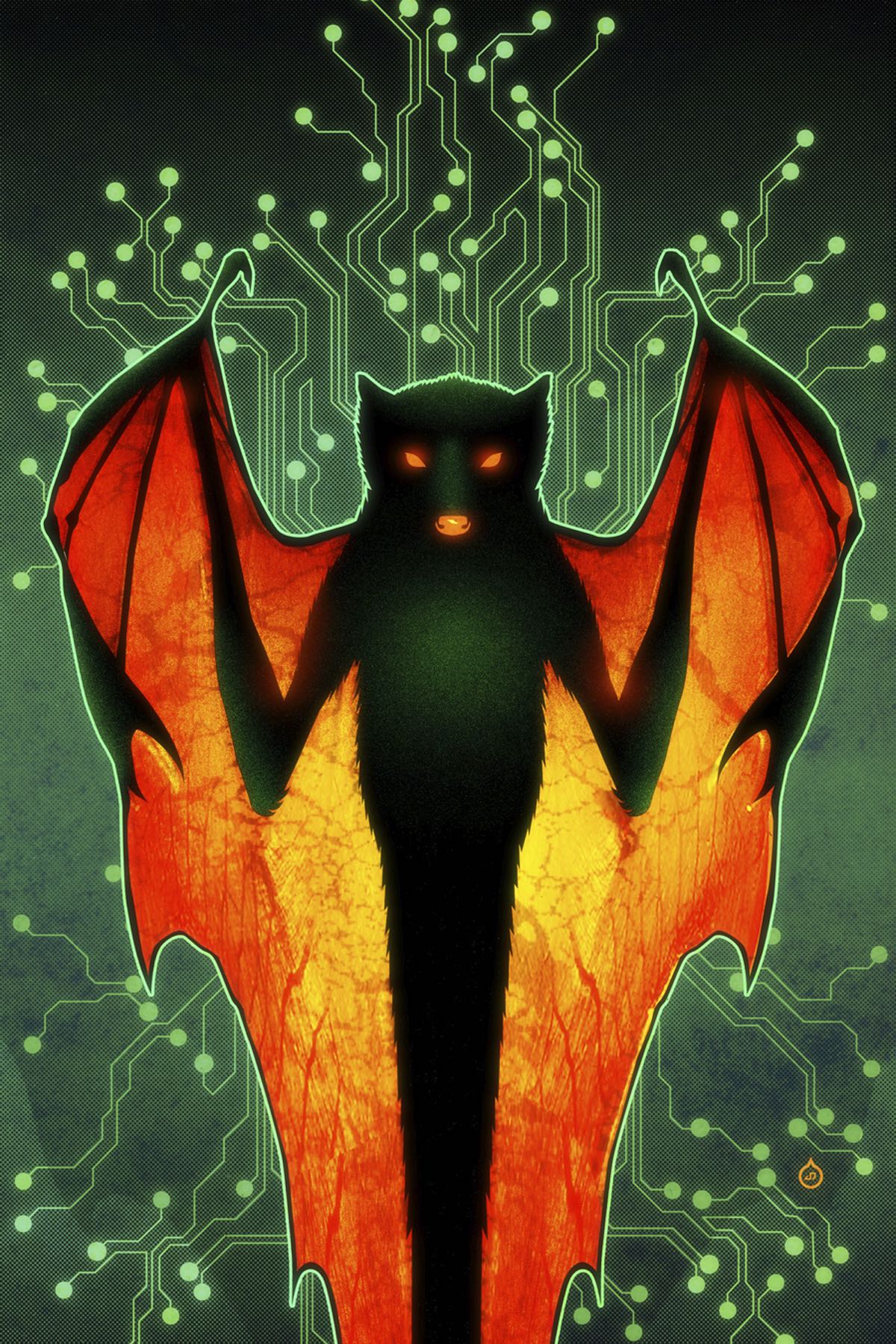

The Nuremberg Laws of 1935 introduced many anti-Semitic policies and outlined the definition of who was Jewish based on ancestry. Hitler, like many anti-Semites in Germany, blamed the Jews for the country’s defeat in World War I, and for the social and economic upheaval that followed.Įarly on, the Nazis undertook an “Aryanization” of Germany, in which Jews were dismissed from civil service, Jewish-owned businesses were liquidated and Jewish professionals, including doctors and lawyers, were stripped of their clients. Nazi Anti-SemitismĪdolf Hitler and the Nazis rose to power in Germany in the 1930s on a platform of German nationalism, racial purity and global expansion. Pogroms in Belarus and Poland also killed tens of thousands of people. In the wake of the Russian Revolution, an estimated 1,326 pogroms are thought to have taken place across Ukraine alone, leaving nearly half a million Ukrainian Jews homeless and killing an estimated 30,000 to 70,000 people between 19. Pogroms were typically perpetrated by a local non-Jewish population against their Jewish neighbors, though pogroms were often encouraged and aided by the government and police forces. Throughout the 1800s and early 1900s, Jews throughout the Russian Empire and other European countries faced violent, anti-Jewish riots called pogroms.

Jews did not receive citizenship and gain rights throughout much of western Europe, however, until the late 1700s and 1800s. In 1264, Polish prince Bolesław the Pious issued a decree allowing Jews personal, political and religious freedoms. Jews were denied citizenship and civil liberties, including religious freedom throughout much of medieval Europe. This resulted in economic resentment which forced the expulsion of Jews from several European countries including France, Germany, Portugal and Spain during the fourteenth and fifteenth centuries. Some Jews became prominent in banking and moneylending, because early Christianity didn’t permit moneylending for interest. Some countries also required Jews to distinguish themselves from Christians with a yellow badge worn on their garment, or a special hat called a Judenhut. In many European cities, Jews were confined to certain neighborhoods called ghettos. Many of the anti-Semitic practices seen in Nazi Germany actually have their roots in medieval Europe. These religious attitudes were reflected in anti-Jewish economic, social and political policies that pervaded into the European Middle Ages.

They accused Jews of outlandish acts such as “blood libel”-the kidnapping and murder of Christian children to use their blood to make Passover bread.

Early Christians vilified Judaism in a bid to gain more converts. With the rise of Christianity, anti-Semitism spread throughout much of Europe. In the ancient empires of Babylonia, Greece, and Rome, Jews-who originated in the ancient kingdom of Judea-were often criticized and persecuted for their efforts to remain a separate cultural group rather than taking on the religious and social customs of their conquerors. Hostility against Jews may date back nearly as far as Jewish history. The history of anti-Semitism, however, goes back much further. The term anti-Semitism was first popularized by German journalist Wilhelm Marr in 1879 to describe hatred or hostility toward Jews. Anti-Jewish riots called pogroms swept the Russian Empire during the nineteenth and early twentieth centuries, and anti-Semitic incidents have increased in parts of Europe, the Middle East and North America in the last several years. In much of Europe throughout the Middle Ages, Jewish people were denied citizenship and forced to live in ghettos. Anti-Semitism did not begin with Adolf Hitler: Anti-Semitic attitudes date back to ancient times. The Nazi Holocaust is history’s most extreme example of anti-Semitism. Anti-Semitism, sometimes called history’s oldest hatred, is hostility or prejudice against Jewish people.


 0 kommentar(er)
0 kommentar(er)
